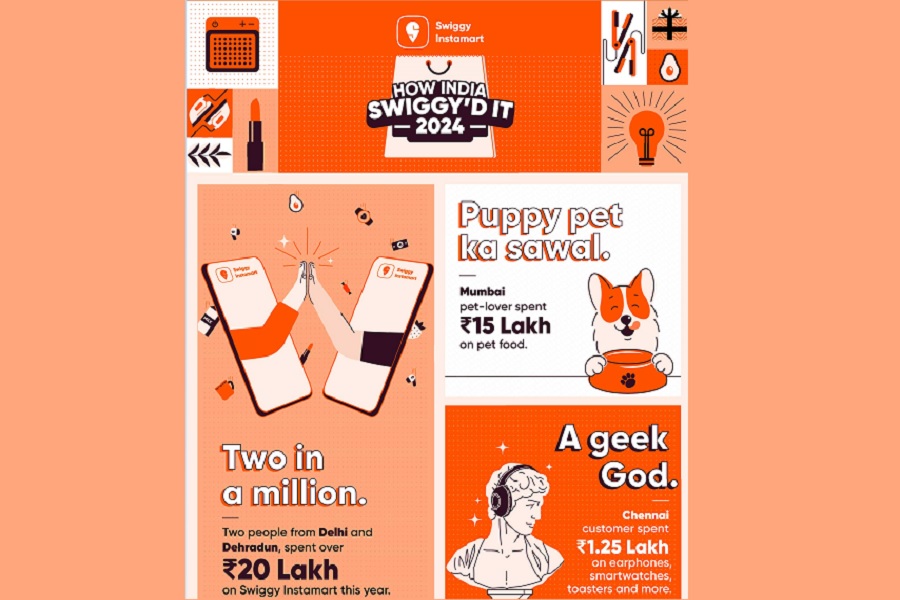IIIT Hyderabad researcher designs flexible drone

Follow us Now on Telegram ! Get daily 10 - 12 important updates on Business, Finance and Investment. Join our Telegram Channel
Researchers at the International Institute of Information Technology (IIIT) in Hyderabad have unveiled a working prototype of a flexible drone that changes its shape to fit the size of package to be lifted.
Suraj Bonagiri, a researcher from the Robotics Research Centre in his research on the mechanism behind a reconfigurable quadcopter, highlighted limitations of existing delivery drones and proposed a novel design.
"Current design of such drones focuses only on the weight of parcels to be lifted ignoring their size. Packages however come in various sizes and is an important parameter to be factored in," said the 24-year-old robotics researcher.
According to him, since drones are typically designed to carry specific payloads, forcibly fitting and lifting inappropriate payloads will lead to instability, loss in efficiency and even compromise on safety.
Unlike other rigid drones, Suraj's patent pending design which he calls 'Elasticopter' is a dynamic one. Thanks to a flexible chassis and a novel mechanism that expands or collapses, it can grip and match the shape of the parcel to be lifted.
With this method of attachment to cargo, the mass is always centred and results in an optimal battery performance. It also ranks high on the stability front due to the unique positioning of the propellers.
Explaining how typically airflow from propellers hits the payload causing turbulence mid-air, Suraj pointed out that in this design, there is zero propwash interference with the payload no matter its size.
Under the guidance of Professors Spandan Roy and Madhava Krishna, Suraj set out to validate the superiority of his design via a series of simulations comparing current drones with the Elasticopter.
"We found that in existing drones, even if they can lift and deliver packages of varying shapes, the battery life and flight time is short lived because it's not done in an optimal manner. And this is especially evident when there are large-scale delivery operations," he says.
For Suraj who began his research journey into the world of drones first as an intern at RRC and then as an MS student, IIITH seemed the perfect choice.
"I've always wanted to start up. And the reason I chose to pursue my Masters here is that the campus not only houses incubators but there's active commercialization of research through Product Labs. With appropriate advice from the professors here, and access to the resources and tools, I had a rough idea of spinning my thesis into an entrepreneurial venture."
Professor Krishna corroborates Suraj's passion by describing him as "an extraordinary and rare student who wanted to innovate at the level of a novel mechanism in flying vehicles."
Creating A Product
Suraj approached Product Labs with his idea where he was guided to enroll for the Technology Product Entrepreneurship (TPE) course. "For us, this is a text book case of taking research to the market. And also something that we've always wanted to see happen, that is, our students taking their research forward to build products leading to startups. It's exciting to see some deep research taking shape," says Prakash Yalla who heads Product Labs,
Suraj extensively leveraged the Maker's Lab and is now pre-incubated at Product Labs. The initial prototype he built won him a productization grant of Rs. 8 lakhs from the institute. Fabrication of the second prototype design using high quality materials is currently underway and a commercial model is expected to go public by the end of the year.
"Materials movement is a key use case for this drone design," says Ramesh Loganathan, Prof. Co-Innovation who heads Outreach at IIITH. According to him, it will be highly useful in warehouses, on manufacturing floors, e-commerce supply chain operations, medicine delivery and such where there are packages of different sizes and frequent movement is needed.
While the Elasticopter scores over other delivery drones from minimal storage space it occupies, to the time taken to attach and detach itself to parcels, the researchers envision its relevance and applicability to other universal drone applications too.
"I'd like to think of it as a multi-purpose drone. From a large agricultural spray tank for aerial spraying of fertilizers and pesticides to a megaphone for disseminating public information about the Covid-19 vaccination programme or a lockdown situation, the sky is the limit in its application", added Suraj.












 320-x-100_uti_gold.jpg" alt="Advertisement">
320-x-100_uti_gold.jpg" alt="Advertisement">












